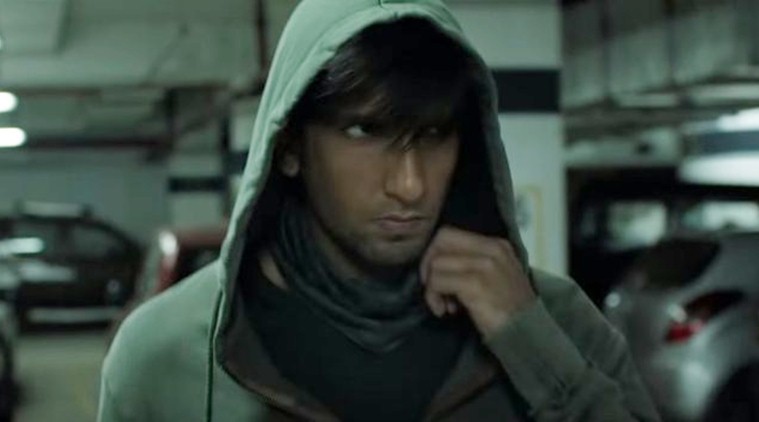Hope & despair of ‘Gully Boy’
The film frames the wretched reality of urban poverty and the dream of a better life

Gully Boy has rapped its way into Hindi-speaking India’s consciousness with a new clarion call for a country simmering with aspiration. Apna time ayega (my time will come) is the conviction that helps Murad, a young Muslim man in Mumbai’s inhuman slums, cope with the abyss between his wretched daily reality and the dream of a better, fuller life.
Most of us privileged Indians go about our daily lives acting as if the grotesque poverty all around us is invisible. We’re too busy expanding our incomes and advantages to be bothered with the problem of systemic and widespread poverty. In this context, to set a big-budget Bollywood film with A-list stars inside a Mumbai slum, and accurately reflect the lives of its inhabitants — the standard-issue brutality and unbearable stress that defines their daily existence — is an act of empathy and acknowledgement that is rare in our country. That the movie seeks to understand the people living in slums on their own terms, without reducing them to stereotypes that serve elite needs — as sources of cheap labour and objects of pity — makes it an even more important work of art.
Gully Boy is getting relatively affluent Indians who stare unsympathetically (or maybe even with hostility) at slum dwellers every day, to cheer from their plush multiplex seats as an underdog tries to forge a path out of poverty and drudgery. It is worth noting, however, that the movie, in a nod to just how vicious life in Mumbai can be, does not try to give us a rags-to-riches tale. The story does not offer its protagonist anything more substantial than the promise of a Rs 10 lakh prize and a bit of fame. Ten lakhs doesn’t go very far in Mumbai. Divine and Naezy, the original gully boys whose life stories inspired the movie, still live in the city’s slums.
If foreigners could tell Indians apart based on the colour of our skin we would be ostracised by the global community for practicing a form of apartheid. Mumbai would look very much like Johannesburg or segregation-era America if class and caste distinctions were reflected in the colour of our skin. Though its citizens all live cheek-by-jowl, Mumbai has long been ghettoised — formal housing is largely the preserve of Hindus, while Muslims and Dalits (or Neo-Buddhists) are over-represented in the city’s sprawling slums. If this divide was visible through a South African or North American lens, Mumbai’s high rises and plusher localities would be almost entirely white, and its slums predominantly black.
We cheer for those who try and rise up against the odds in India but are unconcerned with the structural divides that prevent them from accessing opportunities and advancing (no running water and sanitation, no security that the flimsy roof above your head won’t be demolished on a whim, no access to decent education). Human beings reduced to their stomachs, struggling daily with the uncertainty and indignity of not knowing how they will fill and empty their bodies, have their minds completely preoccupied with meeting these basic needs. Political parties benefit when voters are on edge and easily infuriated. Incremental sops that keep the poor mired in an endless cycle of poverty create a fertile ground for identity politics that distract attention from poor governance, widespread corruption and appalling apathy.
An optimist would say that Gully Boy, with its big blockbuster credentials, speaks across India’s seemingly unbridgeable divide, saying to our society’s have-nots that the haves see them, acknowledge their struggle, and want them to succeed. Maybe the cheers for Gully Boy in Mumbai’s swanky multiplexes are a sign that the elites who typically live in India by disengaging from its reality, are recognising that a society cannot continue to function without a serious churning, unless there is a concerted effort to engage with the vast majority of have-nots, with their stories, dreams and aspirations.






































No hay comentarios:
Publicar un comentario